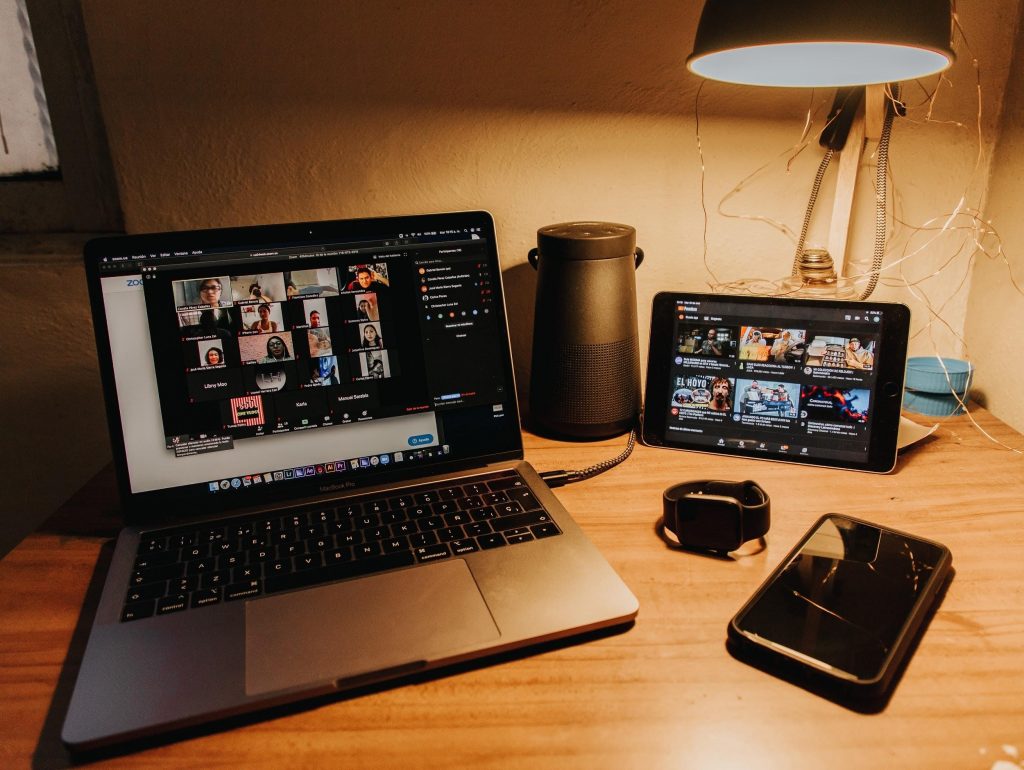Examples of Social Project Management Techniques for Virtualization
Most of the world is currently on a standstill, in a desperate attempt to curb the COVID-19 pandemic. Many businesses had to temporarily shut down, while others chose to adopt a work-from-home (WFH) set-up. Businesses had little time to prepare work out plans to manage tasks at home. So the sudden virtualization of tasks is jarring for both managers and employees, alike.
Using the right project management techniques will enable you to still make the business function as it did at the office. Communication is key in every aspect of your business’s new paradigm shift to make the WFH set-up work. This also entails a ready and deep understanding of employees’ personal situations at home.
What are project management techniques?
Project management techniques are methods good leaders apply to effectively run a business. These techniques are seen in the whole process of accomplishing tasks such as pitching an idea; assigning specific work to the right people; troubleshooting issues, and assessing outcomes.
The implementation of these methods come with a detailed knowledge of the strengths and weaknesses of your employees and the current goals of your business. In this case, you aim to function as efficiently as you did before you were forced to move your business to your home. Your employees also now face a new set of issues arising from their WFH state.
Project managers and business leaders should be adept at adapting to different circumstances, which they can achieve through the effective use of project management techniques. This project management podcast will help you adapt to changing situations to keep production going.
Working at home is drastically different from working at the office, but this paradigm has existed long before the COVID-19 pandemic. This means that with proper management, it’s possible for anyone to perform work-related tasks at home. Below are a few examples of project management techniques to help you shift into a WFH set-up.
1. Set new rules and procedures for the WFH set-up
 Photo courtesy of Pixabay via Pexels
Photo courtesy of Pixabay via Pexels
Enhanced community quarantine is expected to be extended indefinitely to effectively curb the spread of the virus. Your business should be ready to adapt to the WFH set-up as long as it’s needed. The first step you should take is to brainstorm with fellow managers and project heads about how you’ll shift your regular responsibilities at home.
Your office has its own regulations, including work shifts and salaries. These are not as easily implemented at home. As such, you need to set a meeting with your leaders to discuss how to optimize the rules for your WFH employees. These revamped rules will not only ensure that they’ll keep attending to their tasks, but these will also ensure that they’ll continue to thrive and grow in their role, in spite of the isolation.
2. Conduct regular consultations with employees
 Photo courtesy of Gabriel Benois via Unsplash
Photo courtesy of Gabriel Benois via Unsplash
Your WFH set-up will not succeed lest you regularly discuss with your employees how to improve their experience. Isolation affects motivation; so expect employee productivity to drop during the lockdown. A good solution is to let your team discuss the difficulties they face while in quarantine and help them grow, as they work from home.
Your Human Resources Department plays a crucial part in this process because they know the employees best. They should spearhead the consultations to find out how the management can make the WFH set up work for everyone.
Unlike at the office, not everyone has the same access to equipment and technology at home. Distractions also abound at home, as opposed to being in a focused environment, like the office. Being isolated from the world might also take a toll on one’s mental and physical health. All of these affect your employees, which–in turn– will impact their work.
Prepare to address these issues. For example, you can lend equipment such as laptops to your employees who don’t have them. You can also shuffle work shifts to accommodate personal concerns and responsibilities at home. Remember that although your employees are required to work, their new work environment may not be conducive. As a leader, it’s your job to take their concerns into account and make the necessary adjustments to help keep them motivated.
3. Find the right communication tools or programs
 Photo courtesy of Mati Flo via Unsplash
Photo courtesy of Mati Flo via Unsplash
The right communication channels also contribute to the success of your WFH project management techniques. You may already have your preferred messaging channels that you use at the office, but a WFH set-up requires face-to-face interactions through video calls or conferences.
Explore video app options that will suit your business. You can also try new ways to track productivity. Different projects might need different project leaders and team members to perform various tasks. You can find new programs to help you manage projects to avoid confusion for your fellow team leaders and their teammates.
4. Be updated daily about everyone’s performance
 Photo courtesy of Anna Shvets via Pexels
Photo courtesy of Anna Shvets via Pexels
Participate in departmental updates to see how each department is doing. Strive to update them regularly, as well, about the company’s performance and current events that might affect your work. It’s important for you to establish your presence in their activities, to let them know that you are making an effort to lead them, in spite of less-than-ideal conditions.
You should also be updated regularly about their tasks and personal conditions, should sudden intervention be required. Employees may suddenly need to pause their assignments and attend to family or personal concerns. Remember that this is a pandemic wherein health and other basic concerns are more challenging to address than usual. Be ready for these types of situations. Your employees’ lives might literally depend on your readiness and quick resolutions.
Regular consultations with your employees will ground you in any problem-solving situation. For example, if a task is too important to be delayed, you or the immediate supervisor should know how to prioritize assignments and shuffle employee disposition; so no crucial responsibilities are let go, regardless if emergencies arise.
5. Actively collect data about your business’s progress
 Photo courtesy of nappy via Pexels
Photo courtesy of nappy via Pexels
One of the most important project management techniques is knowing how to collect data for future assessments. It’s not enough that you are updated about the company’s performance; you should also store information about these updates in preparation for regular assessments.
The end of the coronavirus pandemic will not come quickly. There are many stages of curbing a pandemic and they are not traversed in a few weeks. It’s important to always assess your best and worst practices in shifting into a work-from-home set-up since you might have to maintain this for as long as it’s necessary.
Converse with your managers and project leaders to come up with a holistic assessment that takes into account not only productivity and motivation but also how the management approaches troubleshooting.
6. Don’t forget employees outside of production
 Photo courtesy of Verne Ho via Unsplash
Photo courtesy of Verne Ho via Unsplash
Company employees aren’t only composed of those who participate in a production. You are also responsible for custodial staff such as janitors and/or drivers. Unlike your rank-and-file employees, they can’t work from home, but they will still need income.
If you can, continue providing their salaries for the duration of the quarantine. You can also ask help from your regular employees to collect donations for their custodial counterparts, to help keep them afloat during the pandemic. At the end of the day, your janitors, drivers, and security personnel are just as important in your business; so don’t forget about them.
Working from home is not a new phenomenon in the business world. Don’t fret if you’re new to this set-up. Regularly converse with your employees about their concerns; so that you’ll know how to keep them productive and motivated.





